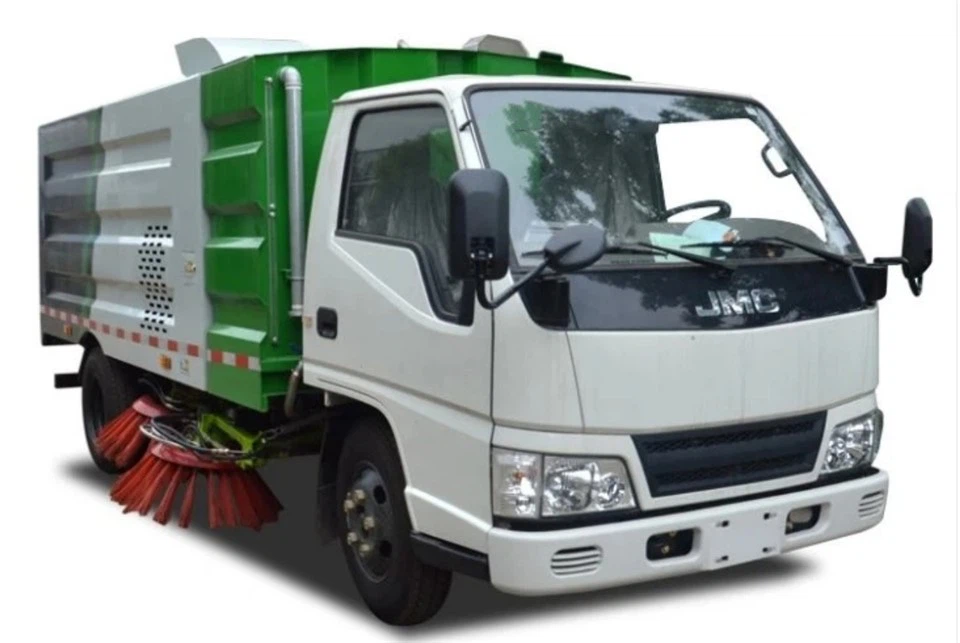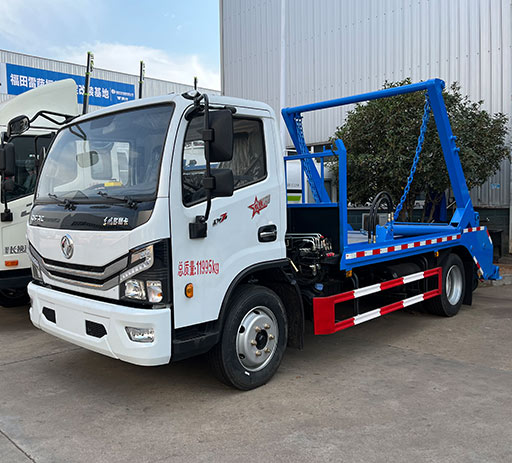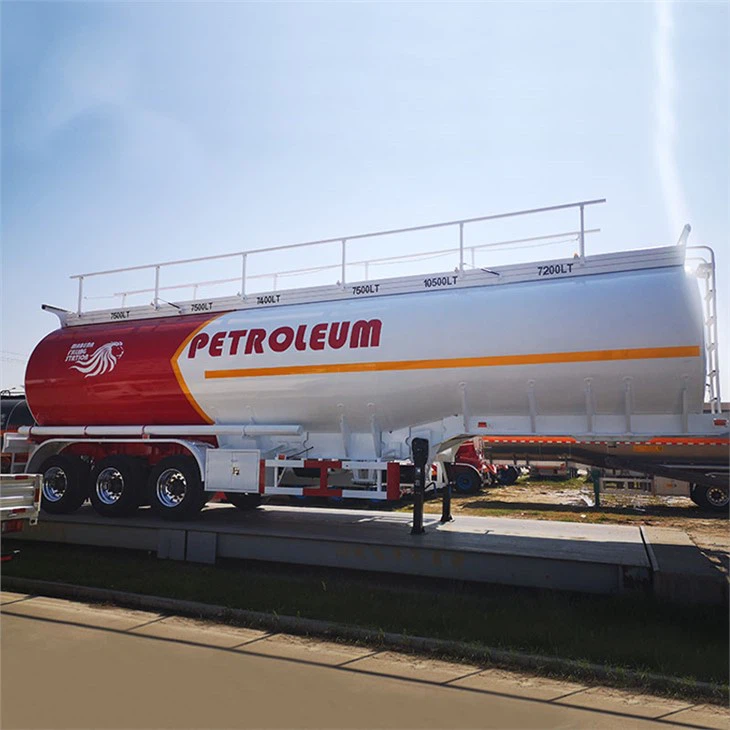Understanding Street Vacuum Trucks: The Ultimate Guide

Introduction
Street vacuum trucks play a vital role in maintaining urban cleanliness and ensuring the efficient collection of debris from roadways and public spaces. These specialized vehicles combine advanced suction technology with high-capacity tanks to effectively clean streets, parking lots, and other open areas. They are essential not only for aesthetics but also for public health and environmental safety. In this comprehensive guide, we will explore the various aspects of street vacuum trucks, from their design and functionality to practical tips on their use and maintenance.
What is a Street Vacuum Truck?
A street vacuum truck is a heavy-duty vehicle designed to vacuum debris, dust, leaves, and other materials from streets and other surfaces. These trucks typically feature a large tank for storing collected material, a powerful suction system, and may also include a water system to minimize dust. Depending on their design, some vacuum trucks can also sweep, wash, or even perform light road repairs.
Key Components of Street Vacuum Trucks
- Suction System: The most critical component, responsible for drawing in debris.
- Tank Capacity: Varies among models, affecting how much debris can be collected in one trip.
- Filtration System: Filters out dust and fine particulates to improve air quality during operation.
- Water System: Helps reduce dust emissions during street cleaning.
- Chassis: The vehicle’s base that supports the vacuum and other components.
Types of Street Vacuum Trucks
Street vacuum trucks come in various designs, each tailored for specific applications. Understanding these types can help municipalities and businesses select the right model for their needs.
1. Traditional Vacuum Sweeper Trucks
These trucks typically feature a large vacuum system integrated with a sweeper, which brushes debris into the suction opening. They are effective for standard street cleaning tasks.
2. High-Pressure Vacuum Trucks
Equipped with high-pressure water jets, this type can not only vacuum debris but also clean tough stains and clogs. They’re often used for more demanding maintenance tasks.
3. Combination Street Sweepers
These versatile machines combine sweeping and vacuuming functions, making them suitable for various surfaces and debris types.
4. Electric Vacuum Trucks
A newer innovation, electric vacuum trucks are powered by electric motors, reducing emissions and noise pollution compared to traditional diesel models.
How Do Street Vacuum Trucks Work?
Understanding the operational process of street vacuum trucks can provide insights into their importance in urban maintenance.
Operating Mechanism
The basic operation of a street vacuum truck involves several steps:
- Preparation: Operators set up the truck, ensuring the tank is empty and the suction system is functional.
- Sweeping and Vacuuming: The truck moves along the street, using its rotating brushes to gather debris into the path of the vacuum system.
- Debris Collection: The suction system draws in debris into the tank, where it is stored until disposal.
- Filtration: The vacuumed air passes through a filtration system to trap fine particles, ensuring clean air is released.
Benefits of Using Street Vacuum Trucks
Investing in street vacuum trucks can greatly enhance urban cleanliness and public safety.
1. Improved Public Health
Regular vacuuming reduces the buildup of dust and debris, lowering the risk of respiratory problems and promoting better air quality.
2. Aesthetic Appeal
Clean streets contribute to the overall beauty of urban environments, enhancing property values and community pride.
3. Increased Safety
Removing debris can help prevent accidents caused by obstructions on roads, making neighborhoods safer for pedestrians and motorists alike.
4. Environmental Impact
By keeping streets clean, vacuum trucks help minimize pollution and prevent materials from entering stormwater systems.
Choosing the Right Street Vacuum Truck
When selecting a street vacuum truck for municipal operations or private cleaning services, consider the following factors:
1. Purpose of Use
Identify whether the truck will be used for regular street cleaning, special events, or emergency services. This will guide the decision on the type and features needed.
2. Tank Capacity
The size of the tank is crucial for efficiency. Larger tanks can reduce the frequency of emptying, which is helpful for extensive cleaning tasks.
3. Maneuverability
Consider the layout of the streets and public spaces to ensure the selected truck can easily navigate tight turns and confined areas.
4. Maintenance and Support
Select manufacturers that provide excellent customer support and service parts for easier maintenance and longevity of the vehicle.
Maintenance Tips for Street Vacuum Trucks
1. Regular Inspections
Conduct routine inspections to check for wear and tear, particularly in the suction system and filtration components.

2. Clean the Filters
Scheduled cleaning or replacement of filters will ensure optimal performance and prevent loss of suction power.
3. Monitor Fluid Levels
Regularly check oil and fluid levels, including water used in dust suppression systems, to maintain smooth operation.
4. Train Operators
Ensure that all operators receive proper training on vehicle operation and safety protocols to prevent accidents and extend vehicle life.
Case Studies: Effective Use of Street Vacuum Trucks
Examining real-world examples can illustrate the effective use of street vacuum trucks in various municipalities.
1. City of Chicago
The city employs a fleet of street vacuum trucks equipped with advanced filtration systems to improve air quality and seasonal street cleaning. This initiative has reduced complaints regarding dust and debris by over 30%.
2. San Francisco Street Cleaning Program
San Francisco utilizes a combination of sweeper trucks and high-pressure vacuum systems for both routine cleaning and special events. This has helped maintain a clean city environment, particularly during their famous public events.
3. New York City
New York’s program adopts electric street vacuum trucks in an effort to reduce noise pollution and emissions, a pilot that has garnered positive feedback from local residents.
Cost Factors of Street Vacuum Trucks
Understanding the costs associated with street vacuum trucks will help municipalities budget accordingly.
1. Initial Purchase Price
The cost varies based on the type and features of the truck. Traditional vacuum trucks can range from $100,000 to $300,000, while specialized models can exceed $500,000.
2. Maintenance Costs
Annual maintenance can range from $5,000 to $15,000 depending on usage, parts replacement, and service frequency.
3. Operational Costs
Consider fuel costs, labor, and disposal fees, which collectively contribute to the long-term operating expenditure.
4. Leasing vs Buying
Leasing can be an attractive option for municipalities with limited budgets, but it often leads to higher long-term costs compared to purchasing outright.
Future Trends in Street Vacuum Truck Technology
As technology evolves, street vacuum trucks are incorporating innovative features that enhance performance.
1. Autonomous Technology

Emerging autonomous vacuum trucks could transform urban cleaning by allowing for programmed routes and reduced operator involvement.
2. Enhanced Eco-Friendliness
More manufacturers are focusing on electric models and technologies that minimize environmental impact, aligning with global sustainability goals.
3. Smart Features
Integration of smart technology such as GPS tracking and data analytics can optimize cleaning schedules and vehicle performance.
FAQ About Street Vacuum Trucks

1. What are the main uses of a street vacuum truck?
Street vacuum trucks are primarily used for cleaning roads, parking lots, and public spaces. They help remove debris, leaves, dust, and other materials to maintain hygiene and appearance.
2. How often should street vacuum trucks be used?
The frequency of use depends on the area’s pollution levels and municipal needs. Urban areas typically require more frequent cleaning than suburban or rural locations.
3. Can street vacuum trucks operate in bad weather?
While many models can operate in light rain, severe weather conditions may hinder their effectiveness. Operators should make safety decisions based on weather severity.
4. How do street vacuum trucks manage dust during operation?
Most street vacuum trucks are equipped with water systems that spray a fine mist to reduce dust and improve air quality as the truck operates.
5. What maintenance is required for street vacuum trucks?
Regular inspections, cleaning or replacing filters, checking fluid levels, and training operators are essential for maintaining street vacuum trucks in optimal condition.
6. Are electric street vacuum trucks effective?
Yes, electric street vacuum trucks are becoming increasingly effective, offering lower emissions and quieter operation while efficiently cleaning streets.
